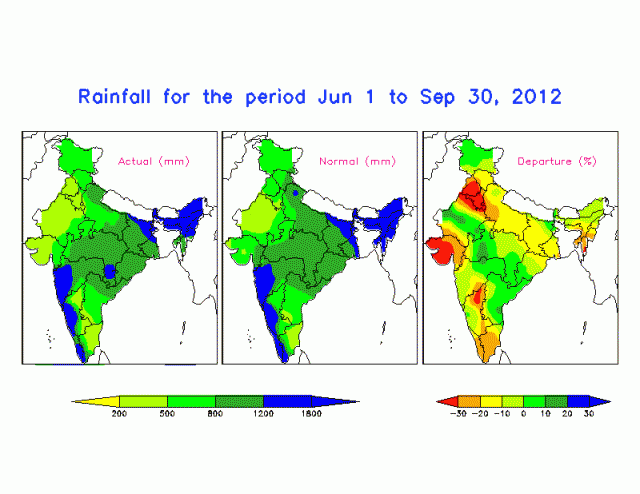3 November 2012
Fatal landslides in Nepal in 2012
Posted by Dave Petley
Regular readers will know that I have long had an interest in landslides in Nepal, and indeed that I wrote a paper (Petley et al. 2007) a few years ago that explored in detail trends in landslide occurrence there. Nepal is particularly interesting as the combination of topography and climate mean that it is very landslide prone, and the impacts are exacerbated by the vulnerability of the population. As an aside, I am genuinely delighted that I’ll be working there again on the Earthquakes Without Frontiers project over the next few years.
In Nepal the end of October marks the end of the landslide season as the monsoon retreats, to be replaced by cold but dry conditions. Hence, this is a good time to review the impact of landslides this year using my database of fatality-inducing failures. The provisional headline figures are that I have recorded 22 landslide events that caused one or more fatality in Nepal in 2012 to date, with a total of 130 deaths. The latter figure is dominated by the Seti River event back in May, which was responsible for 72 deaths. The graph below shows the number of people killed by landslides and the number of fatality-inducing landslide events per year in Nepal from 1980 to the present. It shows that 2012 was a low impact year in comparison with recent years:
 The reason is almost certainly that rainfall associated with the SW Monsoon this year was well below average. This is the latest set of monsoon maps from India from Monsoon Online, showing that across India the monsoon was about :
The reason is almost certainly that rainfall associated with the SW Monsoon this year was well below average. This is the latest set of monsoon maps from India from Monsoon Online, showing that across India the monsoon was about :
 Unfortunately, whilst this low-level of rainfall is good for landslides and floods, it is bad news in terms of irrigation of crops. The harvest is thought to have been about 10% below expectations this year. As a result, Nepal is facing severe food price inflation, which will lead to high levels of hardship for those living in poverty there.
Unfortunately, whilst this low-level of rainfall is good for landslides and floods, it is bad news in terms of irrigation of crops. The harvest is thought to have been about 10% below expectations this year. As a result, Nepal is facing severe food price inflation, which will lead to high levels of hardship for those living in poverty there.
Landslide losses in Nepal are very variable, dominated from year to year by the patterns of the SW monsoon. In periods when the monsoon is intense the number of landslides increases dramatically. Unfortunately, the lower level of losses this year are very unlikely to indicate that landslide hazards are diminishing, but rather that the forcing mechanisms are operating at a lower level. It is likely that losses will become high again when the monsoon intensity is high.
Reference
Petley, D.N., Hearn, G.J., Hart, A., Rosser, N.J., Dunning, S.A., Oven, K. & Mitchell, W.A. Trends in landslide occurence in Nepal. Natural Hazards. 2007;43:23-44.


 Dave Petley is the Vice-Chancellor of the University of Hull in the United Kingdom. His blog provides commentary and analysis of landslide events occurring worldwide, including the landslides themselves, latest research, and conferences and meetings.
Dave Petley is the Vice-Chancellor of the University of Hull in the United Kingdom. His blog provides commentary and analysis of landslide events occurring worldwide, including the landslides themselves, latest research, and conferences and meetings.